A centre for Paul Klee

Sixty-five years after the artist Paul Klee's death, the city and canton of Bern have erected a monument to his memory - the Zentrum Paul Klee.
What the centre contains on the inside is reflected in its exteriors, the three artificial hills of Renzo Piano, the Italian star architect.
The recently opened centre is not just a museum – it is billed as a “centre for research and information about the life and work of Paul Klee”.
With over 4,000 of Klee’s 10,000 works under one roof, it houses one of the largest collections of pieces by a single artist worldwide.
Yet the centre and its supporters had a number of political, financial and cultural obstacles to overcome before its opening in June 2005.
The story begins with Livia and Alexander Klee, the heirs of Paul’s son, Felix. In 1990, shortly after Felix’s death, they offered the Bern authorities the Klee works they had inherited. In return, they asked the city to build a museum dedicated to Paul Klee by 2006 at the latest.
After seven years of tough negotiations, agreement was finally reached. The Klee family signed the works over to the Bernese authorities and they, in return, pledged to build a Klee museum.
The authorities at first thought of housing the museum in the former school where Klee was educated. They also considered a purpose-built construction.
The intention was that the new museum should be close to the Bern Kunstmuseum, or Museum of Art, to maintain the historical connection between it and Klee.
A gift with strings
In July 1998 these plans were thrown into disarray with the announcement that a Bernese doctor, Maurice E. Müller, and his wife Martha had given the authorities SFr40 million ($26.4 million) towards the cost of the project, as well as a piece of land valued at SFr10 million on the eastern outskirts of the city.
A number of conditions were attached to the offer. One was that the museum had to be built on this piece of land, located near the Müllers’ home and close to the spot where Paul Klee was buried.
Another was that the Müllers wanted to be able to choose the architect and did not want an international competition to be held.
After five years of planning a museum, this new offer posed a dilemma for the city and canton of Bern.
The land being offered was on the eastern edge of the city, on a green-field site.
Were the museum to be built there it would no longer be closely linked with the centrally located Kunstmuseum.
The Museum of Art would be finally separated from one of its most important attractions and sources of revenue – the Klee collection.
A huge controversy broke out. Finally, the cash-strapped city and cantonal authorities accepted the offer and the conditions attached.
The Maurice and Martha Müller Foundation was founded to oversee the project and included representatives not just of the Müller and Klee families but also of the city and cantonal authorities as well as the Kunstmuseum.
Star architect
In December 1998 the Italian star architect Renzo Piano was charged with drawing up a design for the centre.
Although Piano was internationally recognised for his work on the Centre Pompidou in Paris and the Beyeler Foundation in Basel, the fact that no competition was held caused renewed consternation.
One year later, Piano presented his design for the new building: three constructions in the shape of hills with a wave-like roof.
These would be built next to the motorway and would face Bern. The central element of this “landscape sculpture” was designed to connect art, research and information.
The city and cantonal parliaments gave their backing to the project at the end of 2000, with only seven voices against.
The following year, the people of Bern also overwhelmingly endorsed the building plan – with 78 per cent voting in favour. The groundwork had been laid.
Eighteen months before it was due to open, the centre celebrated the construction of the three “hills”.
Members of the centre’s administration were able to move into the first building in November 2004.
Shortly afterwards, the Paul Klee Foundation also moved out of its rooms in the Kunstmuseum and into the new centre.
On June 20, 2005, the centre opened its doors to the public.
swissinfo, Nicole Aeby
Alexander Klee gave the following to the centre:
61 paintings;
228 coloured and 400 monochrome sheets;
6 paintings on glass;
26 graphic sheets;
Illustrated exercise books and school textbooks;
1 sketchbook;
126 works by artist friends of Klee.
The Kunstmuseum Bern had Paul and Lily Klee’s library, correspondence, painting utensils and photo albums.
Livia Klee’s gift to the centre included:
46 paintings;
166 coloured sheets (water colours, etc.);
369 monochrome sheets (drawings, etc.);
34 sculptures (including 30 hand puppets);
5 plaster and clay reliefs;
7 paintings on glass;
5 graphic sheets;
49 works by artist friends, such as Franz Marc, Wassily Kandinsky, Lyonel Feiniger.

In compliance with the JTI standards
More: SWI swissinfo.ch certified by the Journalism Trust Initiative
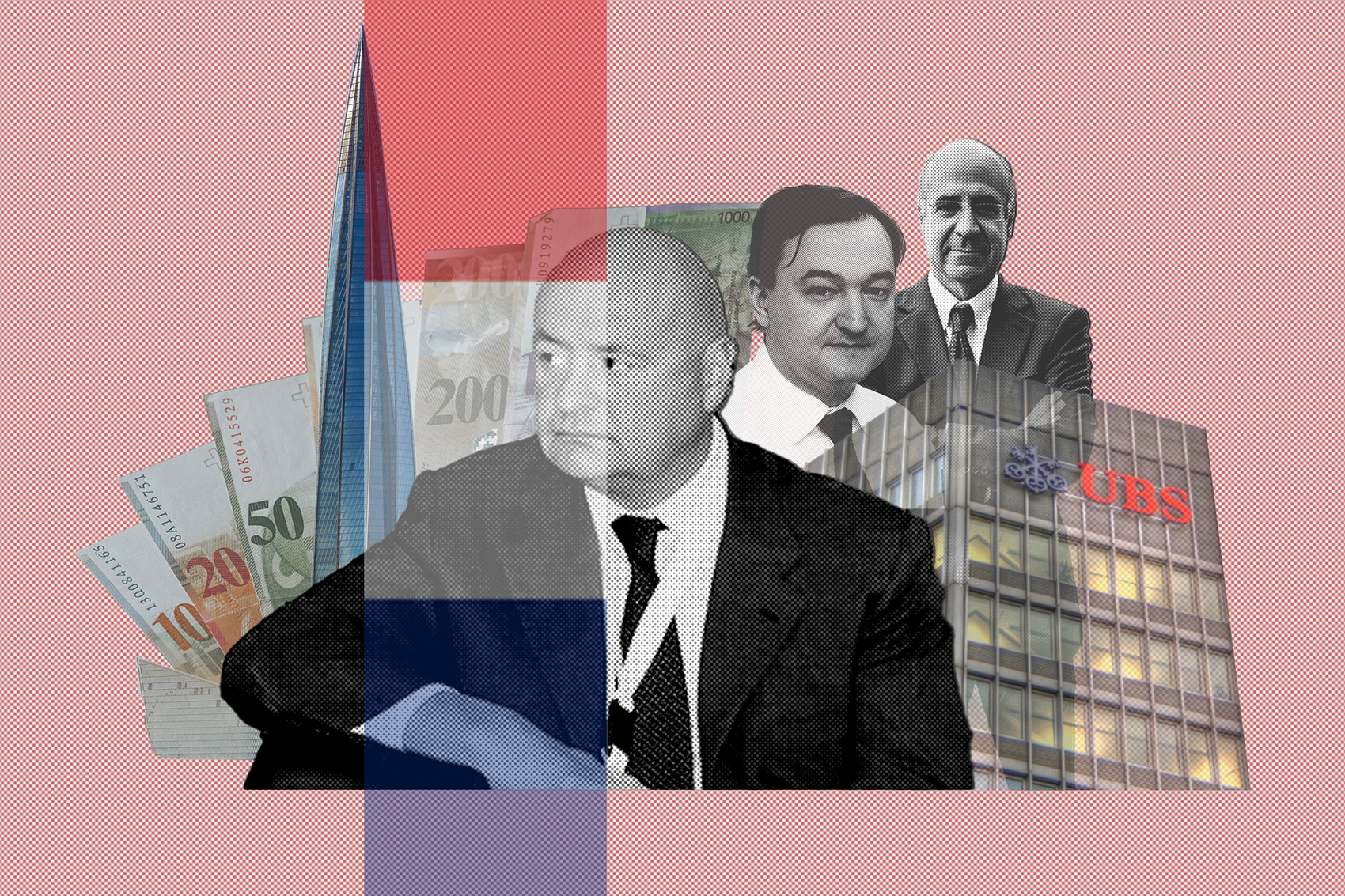



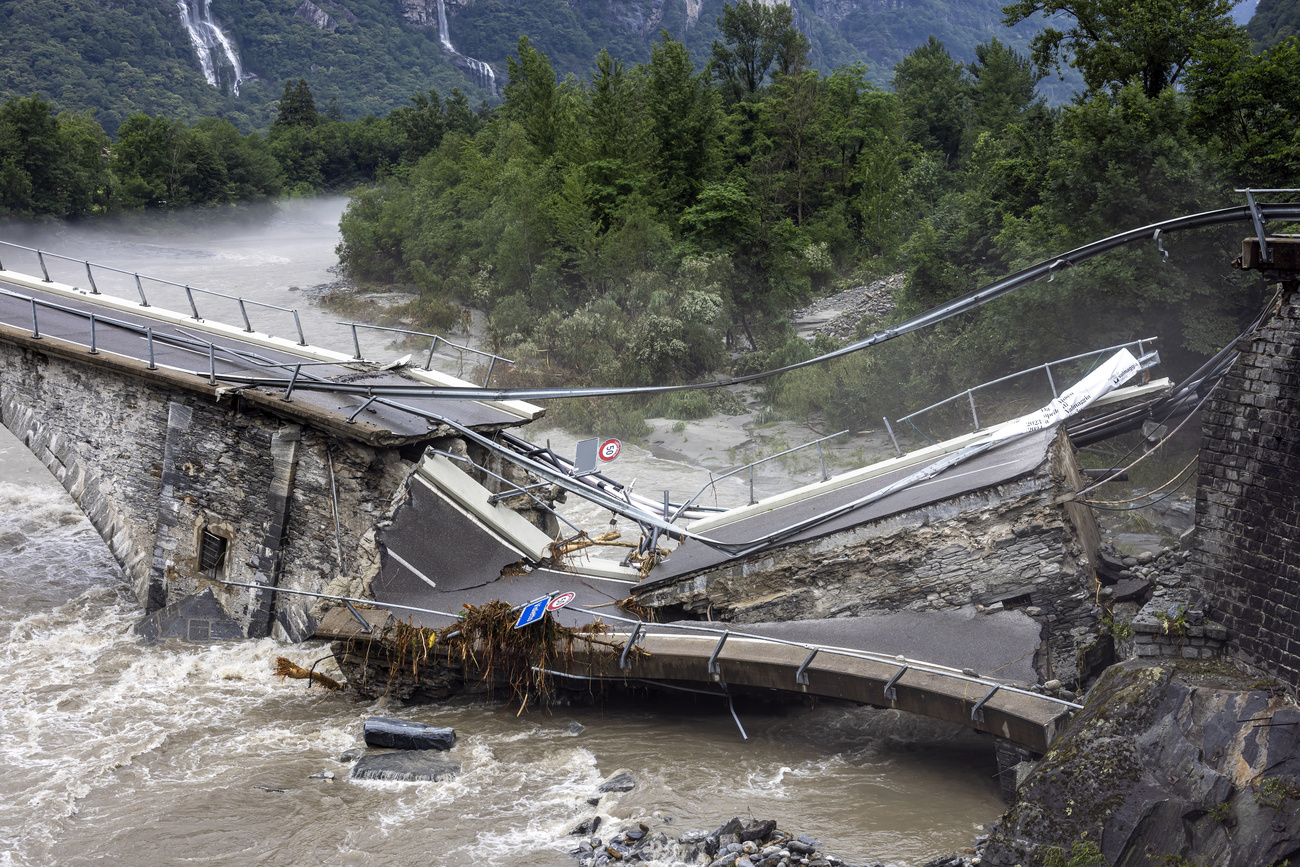

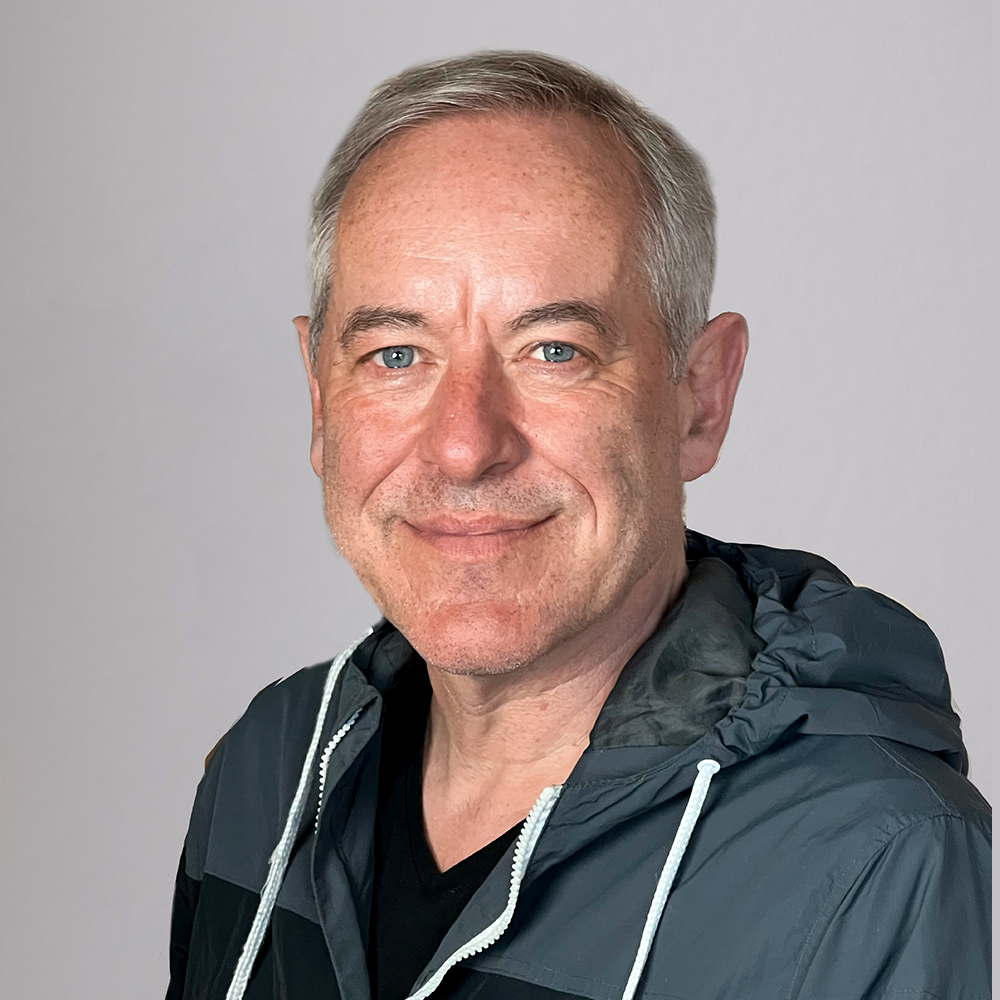
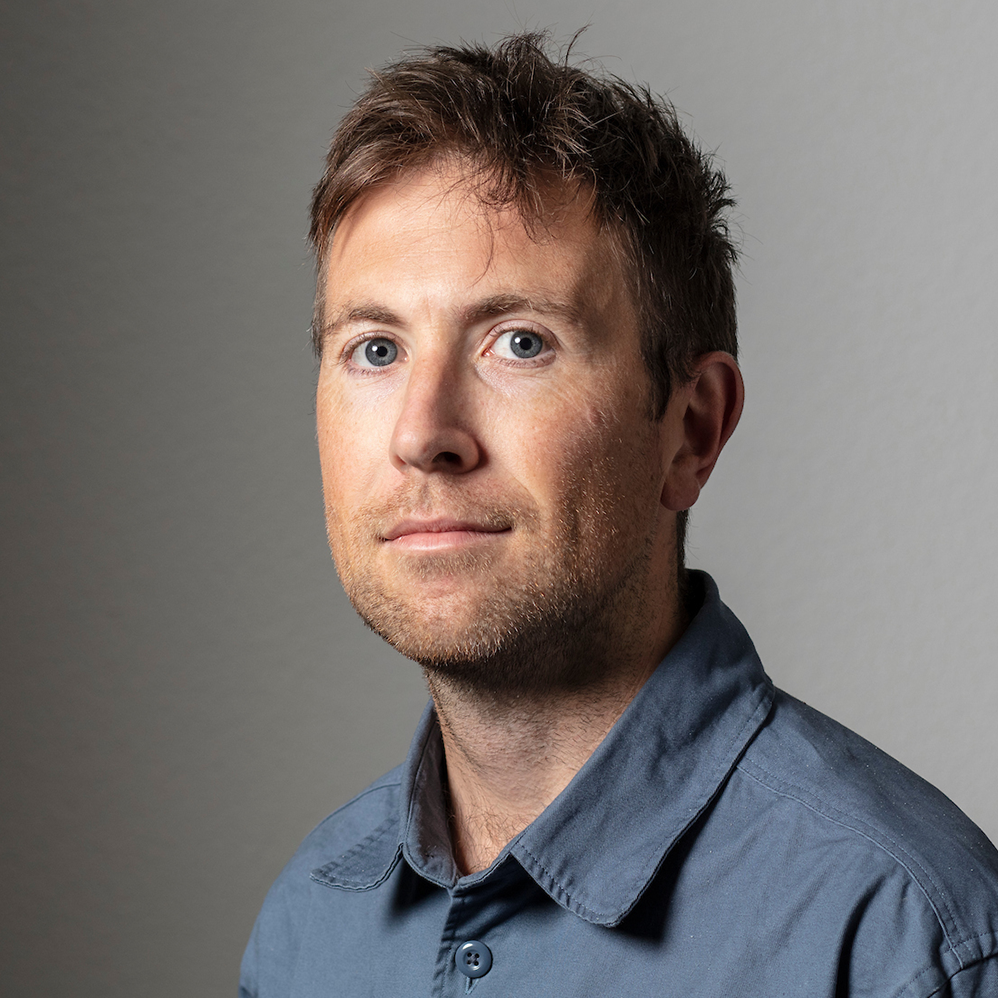
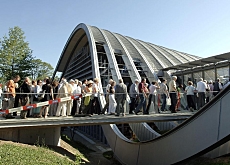
You can find an overview of ongoing debates with our journalists here . Please join us!
If you want to start a conversation about a topic raised in this article or want to report factual errors, email us at english@swissinfo.ch.